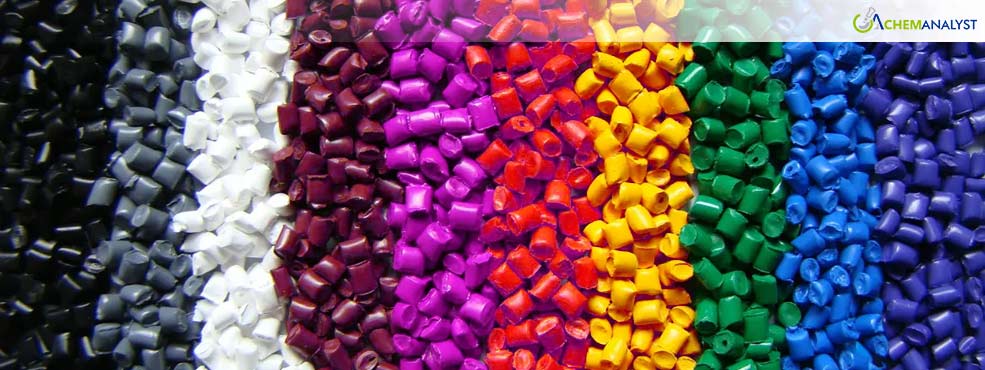Trade Uncertainties and High Production Costs Push—up U.S. Masterbatch Prices Higher
- 03-Mar-2025 4:45 PM
- Journalist: Li Hua
Masterbatch market in the US has experienced an upward trend in the recent weeks, driven by improved consumer demand and escalating production costs. This surge correlates with a marginal rebound in crude oil prices during late February. A reported decrease of 2.3 million barrels in U.S. commercial crude oil inventories, alongside drawdowns in gasoline and distillate stocks, suggests a tightening supply within the U.S., exerting upward pressure on prices. Additionally, geopolitical tensions involving Russia contribute to market volatility, with potential supply disruptions adding a risk premium that supports higher prices.
The carbon black market, a crucial component in masterbatch production, has also experienced a steady rise in prices. Increasing costs of raw materials such as oil and natural gas have also contributed to this trend. The automotive sector continues to drive growth; the demand for rubber components like tires, which rely heavily on carbon black, is expected to increase further.
The U.S. masterbatch market relies heavily on imports from Europe and Asia, sourcing materials from countries such as Switzerland, Germany, Taiwan, and India. This dependency on international suppliers makes the masterbatch market liable to global economic shifts and trade policies. Notably, President Donald Trump's proposed 25% tariffs on cars and auto parts from Canada and Mexico threaten to disrupt the North American auto industry, potentially affecting $300 billion in annual U.S. automotive trade. Such tariffs could lead to increased car prices and dismantle established supply chains, indirectly impacting the demand for masterbatch materials used in automotive manufacturing.
In the automotive sector, a major consumer of masterbatch, U.S. new vehicle sales are projected to reach 1.23 million units in February 2025. This marks an improvement from that observed in January 2025, reflecting the volatile nature of the current auto demand environment. However, sustained momentum remains challenging due to various economic and policy conditions affecting both consumers and automakers. Despite higher sales volumes and manufacturer discounts, rising dealer inventories and increased competition have led to an estimated decline in total profit per unit for retailers compared to February 2024.
Logistical challenges also play a role in the masterbatch market dynamics. At the Port of Los Angeles, some containers are experiencing delays of over two weeks for rail loading due to a lack of rail car availability and increased cargo volumes. Additionally, recent wildfires in the Los Angeles area have introduced uncertainties regarding potential delays or issues, although specific impacts remain unconfirmed.
According to the ChemAnalyst database, the U.S. masterbatch market is expected to remain volatile in the coming months due to fluctuating crude oil prices, geopolitical tensions, and supply chain disruptions. Rising automotive sales could support demand for masterbatch, but potential tariffs on imports and logistics challenges may create headwinds. Additionally, higher raw material costs, especially carbon black, will likely keep prices elevated.



